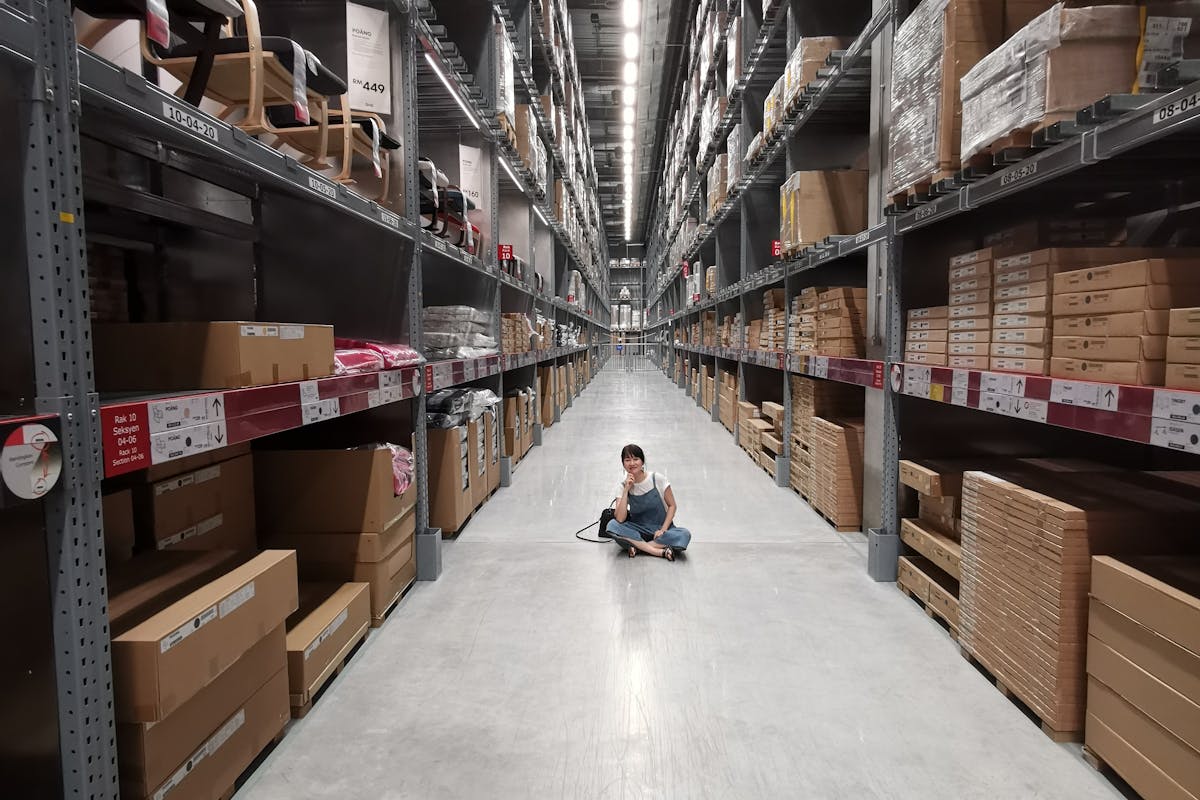
Here in the United States, as well as throughout many other parts of the world, modular construction methods have grown more and more popular. It’s for good reason, too, as modular methods of construction have many benefits to them – more so, even, than some of the more traditional methods of construction that many of us might be more familiar with. And from homes to hotels to the warehouse partition used to create a prefabricated office space, modular construction methods can be used with ease and convenience for many different projects.
For instance, the warehouse partition has grown quite popular for the creation of warehouse offices. A warehouse partition can be used to effectively create a warehouse partitioning system, totally changing the overall layout of any given warehouse space and transforming its use. Therefore, it is no surprise that the warehouse partition, particularly when used to create portable office walls and a modular office space, has grown hugely popular indeed.
And the warehouse partition used to create warehouse partitioning systems is far from the only way in which modular construction is effectively utilized. In addition to the warehouse partition, modular construction can be used to create everything from college dorms to other college buildings. In fact, nearly half of all survey participants said that they used modular construction in this way. And still others, a similar percentage, said that they used modular construction for healthcare facilities and manufacturing facilities. Modular construction methods are even becoming more popular within the hotel industry. For instance, back in the year of 2017 Marriott International began to utilize this method of construction more frequently, committing to the use of modular construction for at least 13% of future developments.
But why modular construction? What is the benefit to be gained from forgoing not just traditional methods of construction for something like a warehouse partition, but for school buildings and medical centers and hotels as well? For one thing, the impact on the environment is far greater when traditional methods of construction are used. Just look at the sheer amount of waste that is produced through traditional construction work. On the other hand, modular methods of construction can reduce waste output by as much as a full 90%, according to WRAP, the Waste and Resources Allocation Programme you’ll find based in the United Kingdom. This waste includes everything from cardboard to plasterboard to wood pallets to cement, bricks, and cement, among even more types of materials.
This is not the only way in which modular construction benefits the environment, though it is most certainly a significant one. In addition to reducing overall waste, modular construction methods (in comparison to traditional construction methods) also reduce overall energy usage, sometimes by as much as a full 67%, no small number. And when the building is used later on, once construction has been fully completed, energy costs tend to remain lower than in buildings constructed through the use of more traditional methods.
Of course, reducing energy output and waste also save on cost. Modular construction projects, from the warehouse partition to the hotel to the modular offices, tend to be less expensive from start to finish. Compared to a traditionally constructed building, costs can be reduced by as much as 20% – and typically by no less than 9% at the very least. Fortunately, modular construction is also much faster than typical construction methods, further saving money – after all, money is time.
The speed at which modular products can be completed is certainly impressive. One building in China was completed – the full 57 stories – in just a mere 19 days. This can be attributed to the fact that the majority – sometimes up to 90% – of any modular construction project can be completed before every even leaving the factory. This means that there is often very little to do in the final steps of assembly, thus saving a fair amount of time indeed.
At the end of the day, there is just no denying the important role that modular construction plays in our world. And that role is a growing one. In the years that are to come, we are likely to see more modular constructed buildings.

